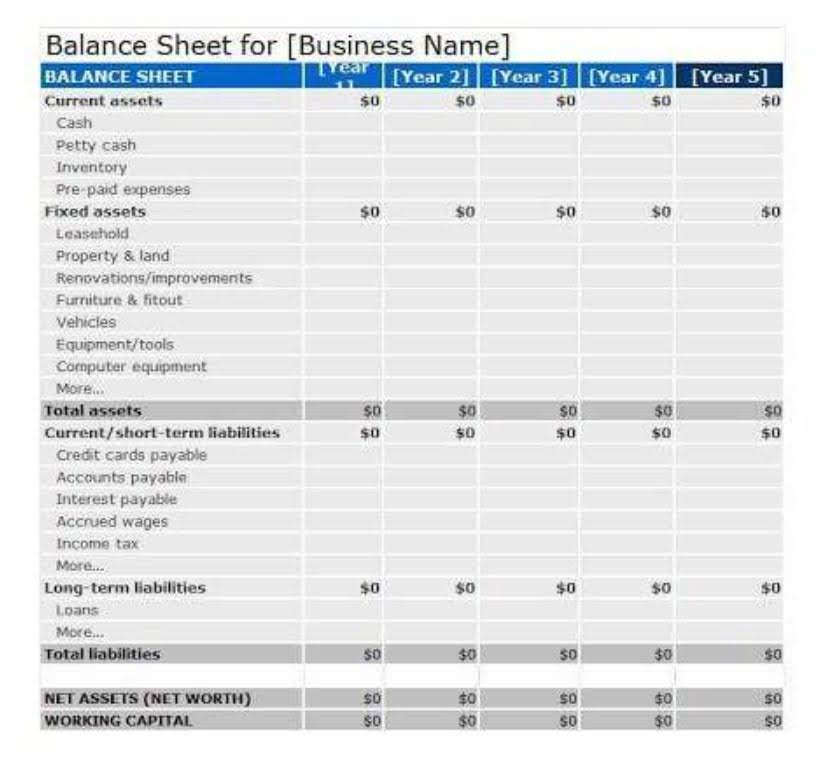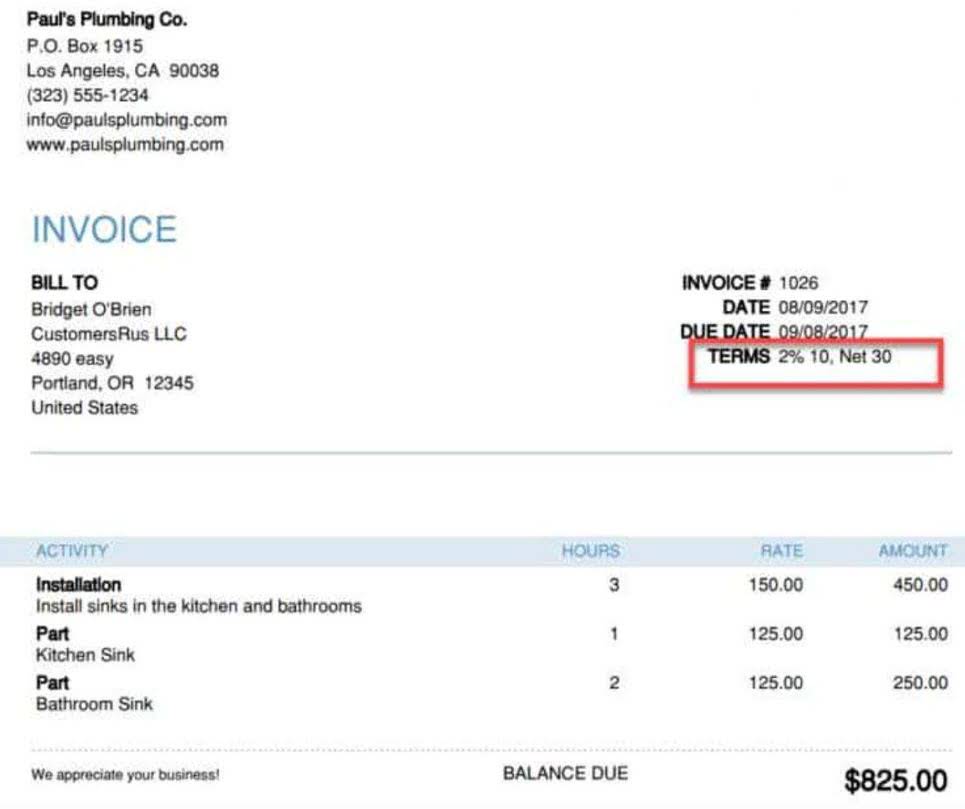
From the lending business to real estate asset management, mark-to-market accounting is a useful tool for establishing the fair market value of an asset or a business. However, its malleability is a double-edged sword, given that it can also be used to deceptively hide true values from investors and creditors. In this way, Enron was able to fool Wall Street for years, until they could no longer hide their losses. The death blow that accelerated their demise was when Dynergy backed out of a deal at the same time the SEC was opening investigations into Enron’s mysterious actions around closing subsidiaries and changing executives. Criminal investigations ensued when it was discovered that accounting firms were literally shredding financial statements to conceal them from the SEC.

The daily mark to market settlements will continue until the expiration date of the futures contract or until the farmer closes out his position by going long on a contract with the same maturity. Mutual funds are also marked to market on a daily basis at the market close so that investors have a better idea of the fund’s net asset value (NAV). As a result, many businesses can go bankrupt, setting off a downward spiral that makes a recession worse. However, the market price (or market value) of an asset does frequently inform mark-to-market accounting practices, which have been part of the Generally Accepted Accounting Principles (GAAP) since the 1990s.
Marking-to-market a derivatives position
Companies need to determine this when they are preparing their financial statements. These are initially recorded at historical cost and subsequently impaired as necessary. Instead of marking to market, the correction for a loss of value in these assets is known as impairment.

This is done most often in futures accounts to ensure that margin requirements are being met. If the current market value causes the margin account to fall below its required level, the trader will be faced with a margin call. Companies in the financial services industry may need to make adjustments to their asset accounts in the event that some borrowers default on their loans during the year. When these loans have been identified as bad debt, the lending company will need to mark down its assets to fair value through the use of a contra asset account such as the “allowance for bad debts.” An accountant reprices the asset according to the quoted rate in the market.
Mark to Market in Personal Accounting
While FAS 157 does not introduce any new requirements mandating the use of fair value, the definition as outlined does introduce certain important differences. Let’s go over the reasons why this accounting method is generally popular and well-regarded. However, in 2002 agencies introduced many necessary regulatory changes to improve the accounting standard. The U.S. Financial Accounting Standards Board loosened the mark-to-market accounting guidelines in 2009. Banks were able to continue recording the value of MBSs on their books because of the suspension. The housing bubble was fuelled by mark-to-market accounting, which reduced property values during the downturn.
Regardless of whether positions are active or closed, mark-to-market profit and loss display the amount of profit or loss you experienced during the statement period. But not everyone agrees that mark-to-market rules have been as damaging as the banks claim. Prepared for the Carnegie Rochester Conference on Public Policy, April 17–18, 2009. We are grateful to Robert Magee for helpful discussions of financial accounting, and to Konstantin Milbradt and Susan Woodward for helpful comments. Heaton thanks the Center for Research in Securities Prices at the Booth School for support.
How Much ESG Investing Is Actually Happening? A New Paper Tries To Quantify
Building a cash flow statement from scratch using a company income statement and balance sheet is one of the most fundamental finance exercises commonly used to test interns and full-time professionals at elite level finance firms. By using the MTM method, Berkshire Hathaway provides a transparent report to their investors, reflecting that their stock portfolio significantly declined in value during the year. As illustrated by the previous years in the chart, the principle also works in reverse, with increases in the portfolio’s value resulting in reported profitability. Typically, these funds are required to use MTM on their portfolios on a daily basis. This allows the fund managers to calculate the fund’s net asset value (NAV), which tells investors what their units are worth on any given day. One area where MTM is especially important is in the financial sector, such as in derivatives trading.
To do that, it adjusts the value of the instrument or the account to the current volatility and market performance. The goal is to provide a fairer representation of the portfolio’s health. For example, if the recent market developments drag the account below the required level, the trader receives a margin call. In the context of mutual funds, mark to market is used daily to help provide a better idea of the funds’ Net Asset Value (NAV). If the company uses historical accounting principles, then the cost of the properties recorded on the balance sheet remains at $50,000. Many might feel that the properties’ worth in particular, and the company’s assets in general, are not being accurately reflected in the books.
Is the Real Estate Market Going To Crash? Ben Keys
The main way mark to market affects your trading is by providing you more flexibility and granting higher buying power thanks to margin trading. That way, it allows you to capitalize on existing opportunities by investing more than you currently have. https://www.bookstime.com/ As you can see, each fall in the wheat futures contract value results in an increase in your account balance and vice-versa. If the loss is severe and your account’s value dives below the minimum margin requirement, you will receive a margin call.
Global automotive PCB market eyes US$12.5 bn mark by 2027 … – DIGITIMES
Global automotive PCB market eyes US$12.5 bn mark by 2027 ….
Posted: Wed, 18 Oct 2023 03:24:30 GMT [source]
The interest-rate risk method compares the value of the assets with similar assets. After that, there haven’t been any major reported is mark to market accounting still used issues with mark to market accounting. Just the opposite – it was in the core of the greatest corporate scandal in modern history.
Let us consider a situation where a farmer thinks the corn price will decline. Thus, the farmer enters into a short position in 10 futures contracts to hedge against the price decrease. Prior to 1993, according to Schrand, assets such as mortgages and mortgage-backed securities were generally carried on bank books according to the original loan amount. A new price was substituted only after the asset was sold, and then at the sales price. Rules should be changed to require write-downs only when conditions were judged to be permanent, he said. Mark-to-market losses occur when financial instruments held are valued at the current market value, which is lower than the price paid to acquire them.
- In some instances, banks and other lenders will have to decide whether to extend the credit to those who aren’t able to pay them back.
- After that, there haven’t been any major reported issues with mark to market accounting.
- However, FAS 157 defines fair value as the price at which you would transfer a liability.
- An accountant reprices the asset according to the quoted rate in the market.
- Mark to market (MTM) is a method of measuring the fair value of accounts that can fluctuate over time, such as assets and liabilities.
These weaknesses are vulnerable to accounting fraud, mainly when the real day-to-day asset value couldn’t be determined objectively. One such example is the case of crude oil futures, where the instrument’s price derives from another commodity). Overall, mark to market is used to get a more accurate idea of what a company’s assets or liabilities are really worth today. It is an important concept that is used widely throughout finance, investing, and accounting. Similar to how banks offer loans, the credit is offered by setting an interest rate and requesting a particular quantity of collateral, called margin.
